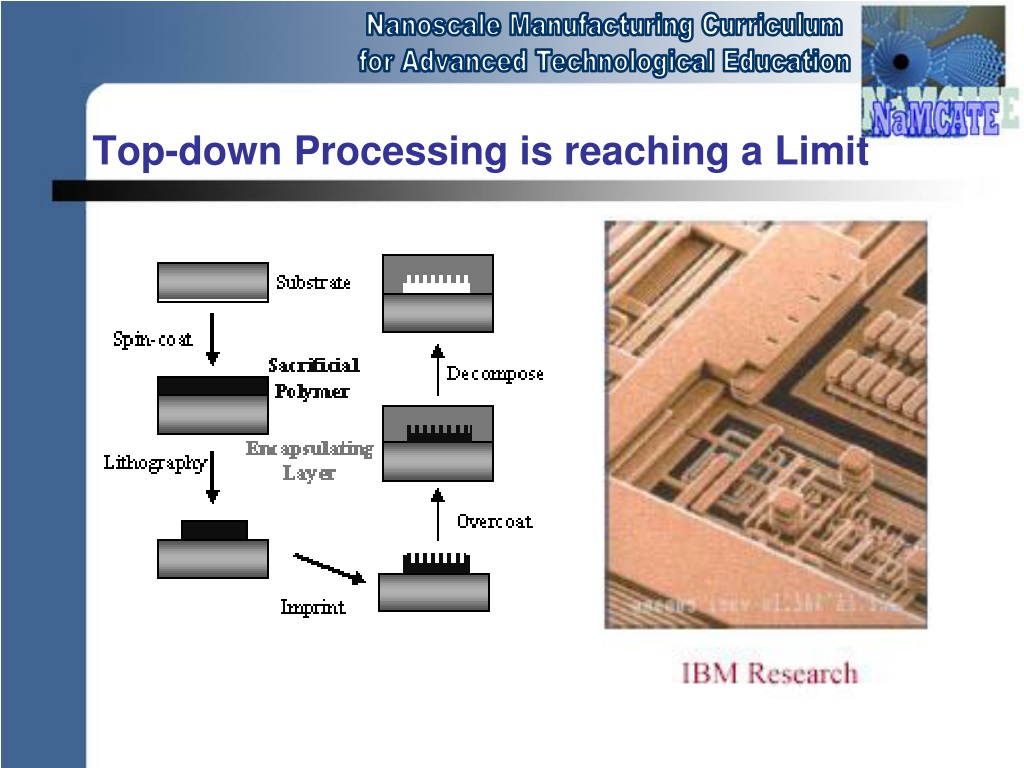

This is normally not a problem since the blindspot of each eye falls on a different area of your visual field, so the sensory perceptions of one eye can compensate for the other. In your retina you have a small area devoid of receptors where nerves and blood vessels enter and leave your eye. One example of top-down processing that is fairly easy to demonstrate is the blind spot. Effectively introducing top-down processing into artificial visual systems, however, is quite difficult, and it would seem that the top-down algorithms instituted by our brains (and their handy parallel architecture) are what keep us currently so far ahead of computers. What is fairly surprising, though, is top-down processing is also clearly involved in visual processing. Your brain clearly does some bottom-up processing, since you react to raw changes in the visual stimuli even if there was no reason to expect that change. Top-down processing means you start with an idea of what you ought to be seeing (most likely determined by recent sensory information, other sensory clues, and your past experience).

Optical illusions and trick images are one relatively simple way to explore the way our brain processes visual information, and they are also fairly fun to look at.īottom-up processing basically means your brain reads in the raw visual information captured by the retina and gradually figures out what it means as one moves farther along the processing chain that is your cerebral cortex. As with most things (especially in psychology), neither one is entirely correct and your brain utilizes a combination of the two. One of the interesting debates in perception psychology and neuroscience is whether the brain performs bottom-up or top-down processing. It shouldn't be entirely surprising, though, that our visual system is as incredibly powerful as it is, since a huge proportion of our brain is utilized primarily for visual processing. One of the subjects I have written about before is machine vision and the incredible difficulty of developing a robust visual processing system that can equal the robustness of our own visual system.


 0 kommentar(er)
0 kommentar(er)
